Bladder Campion
- Pink (Caryophyllaceae family):
- Silene vulgaris (Moench) Garcke
- EPPO code:
- SILVU
- Other names:
- Cow bell, rattleweed
Species information
- Lifecycle:
- Perennial.
- Propagation:
- Bladder campion reproduces by seed and by underground branches that originate from the crown.
- Emergence:
- New shoots will arise in the spring.
- Habitat:
- Bladder campion is commonly found in pastures, along roadsides and in waste areas. Occasionally, it is found in cultivated fields throughout southeastern Ontario. Typically, it is found in forage crops, but increasingly it is a problem in minimum-till corn and soybean fields.
Identification clues
Seedling
- Cotyledons:
- Fleshy, oblong to elongated.
- Young leaves:
- Bladder campion’s first leaves are opposite, ovate, dull green and hairless. Young plants produce a rosette.
- Mature leaves:
- The mature leaves of bladder campion are opposite, narrowly oval and taper to a point. They are hairless and have entire margins. The leaves can sometimes feel waxy.
Mature plant
- Stem:
- The plant’s stem is much branched, round and hairless.
- Flowers:
- Five, deeply-lobed white petals grow at the end of a bladder-like calyx. Bladder campion flowers from June to September.
- Seeds:
- Its seeds are kidney shaped, rough in texture and grayish in colour.
- Roots:
- Bladder campion has a taproot with several wiry and whitish branches that form new shoots.
Often mistaken for
I know it's not Purple cockle because purple cockle has silky hairs on its stem and large purple flowers, while bladder campion is smooth, hairless and has white petals on a bladder-like calyx.
I know it's not White cockle because bladder campion is “papery”, smooth and hairless, and its calyx smooth and bladder-shaped. The calyx of white cockle is distinctively hairy.
I know it's not Night-flowering catchfly because Night-flowering catchfly is very sticky to touch, especially on its stem and calyx. Bladder campion, on the other hand, is not sticky at all.
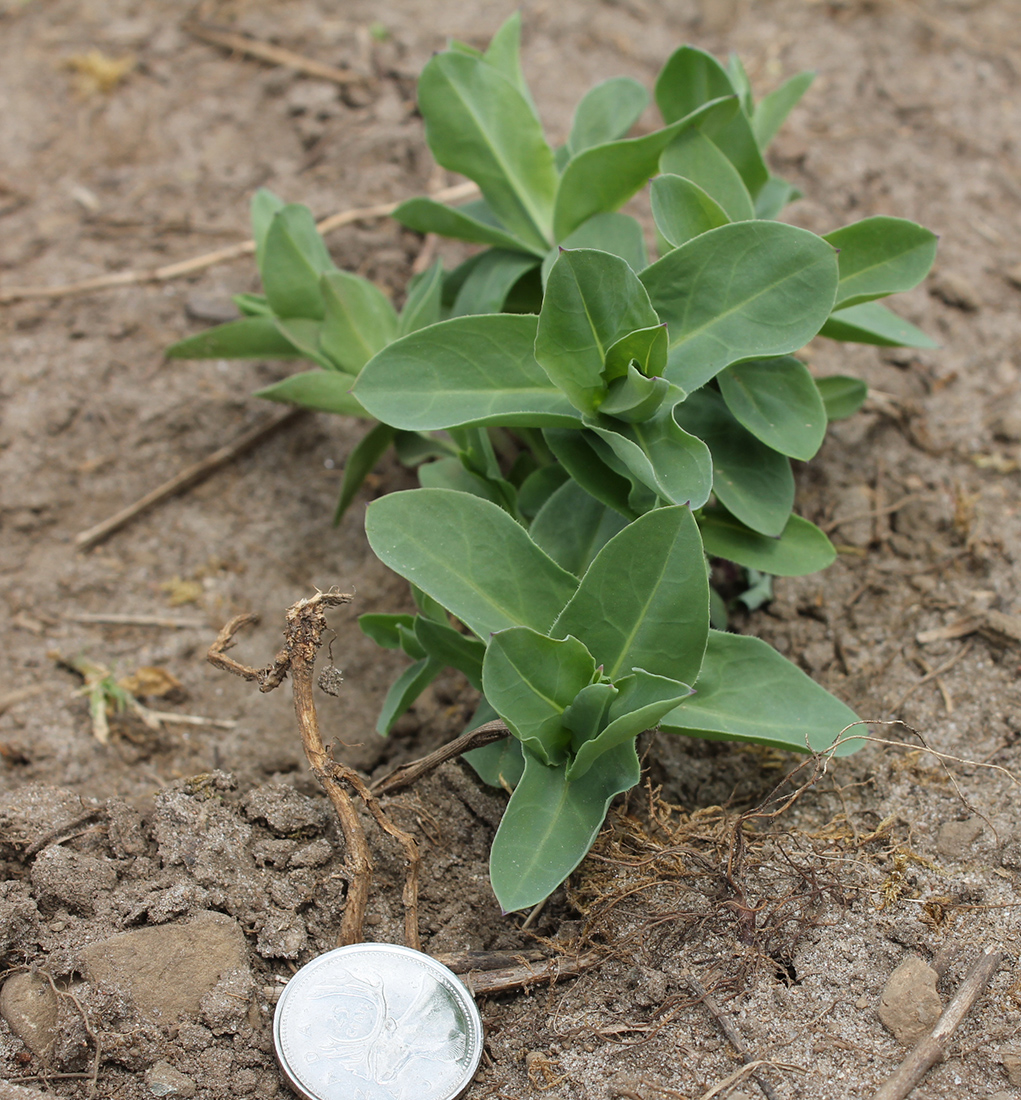
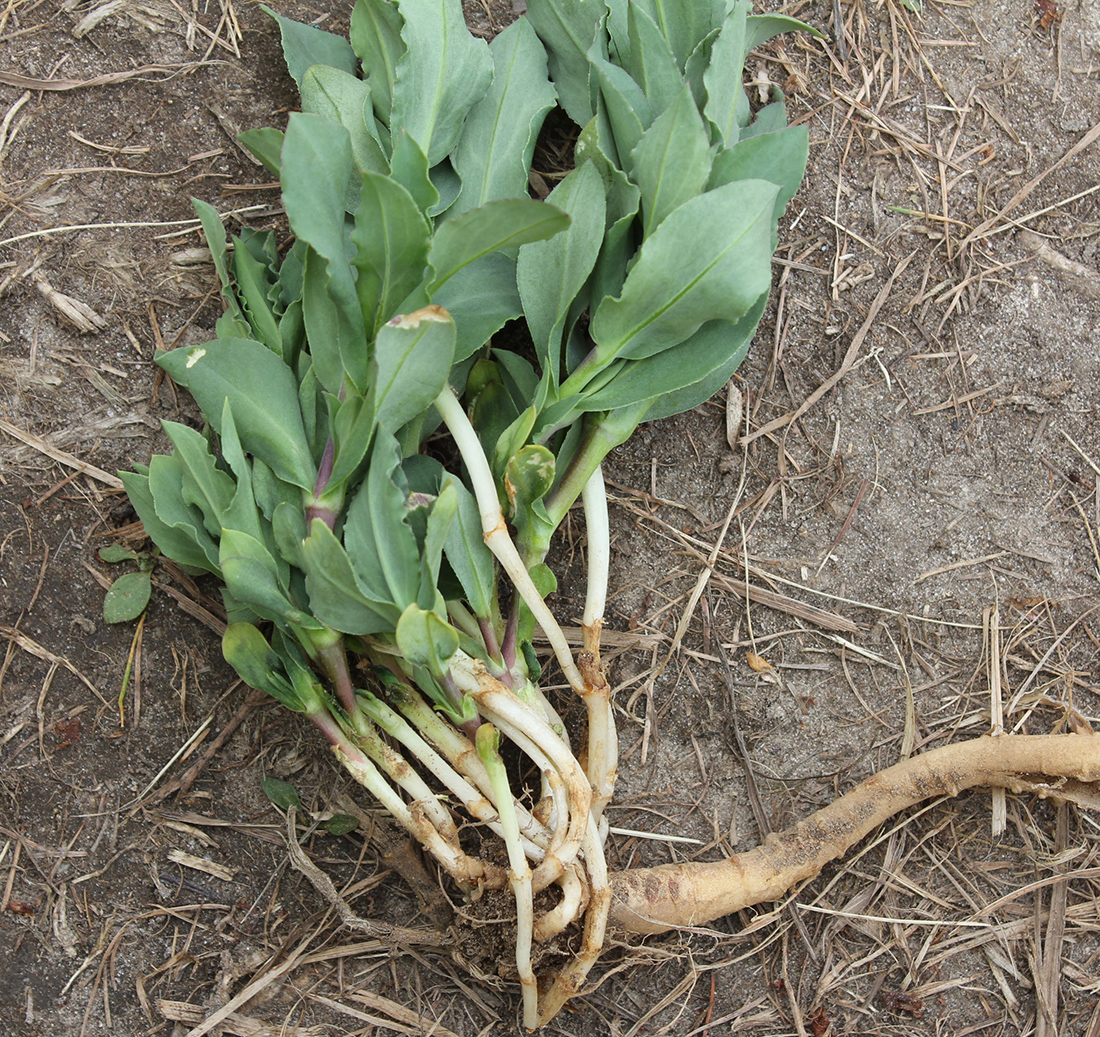
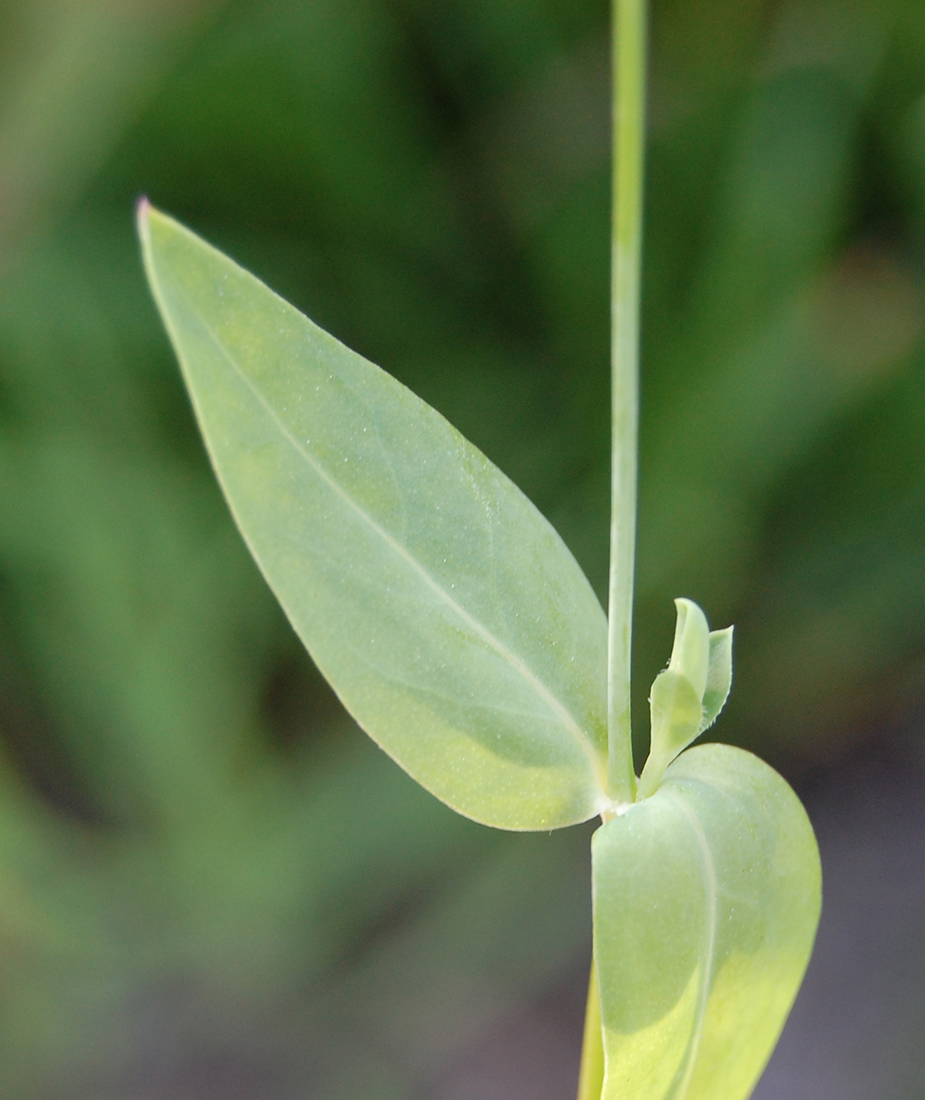
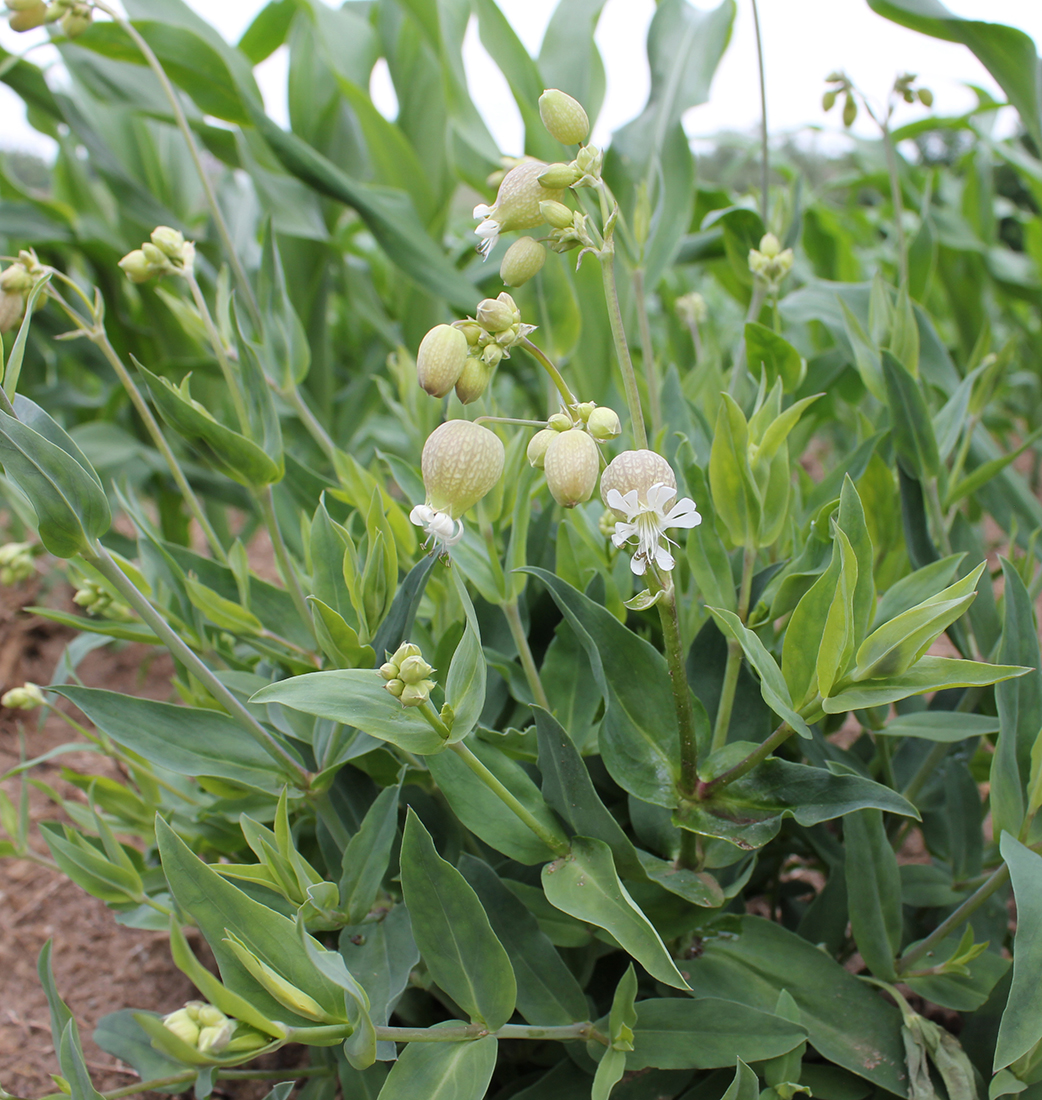
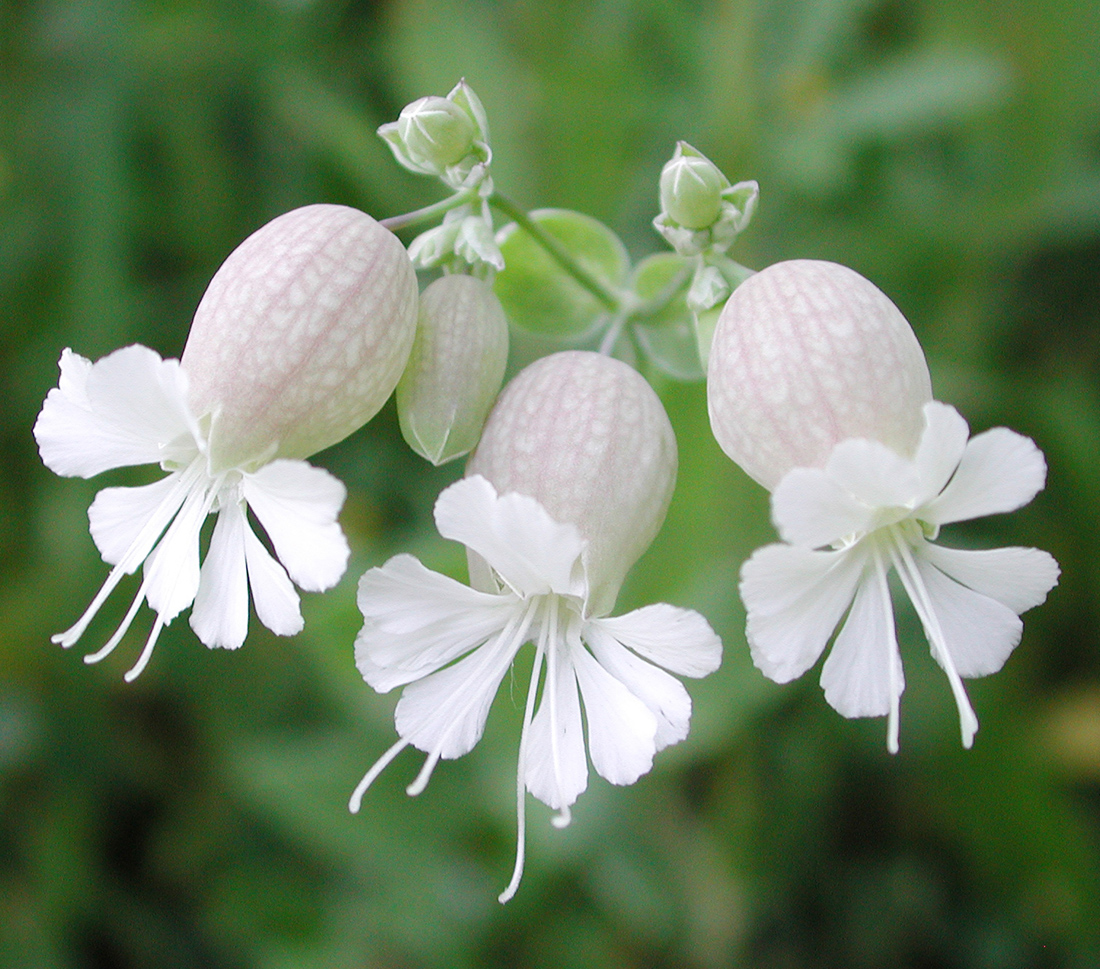
Updated: January 13, 2023
Published: January 13, 2023